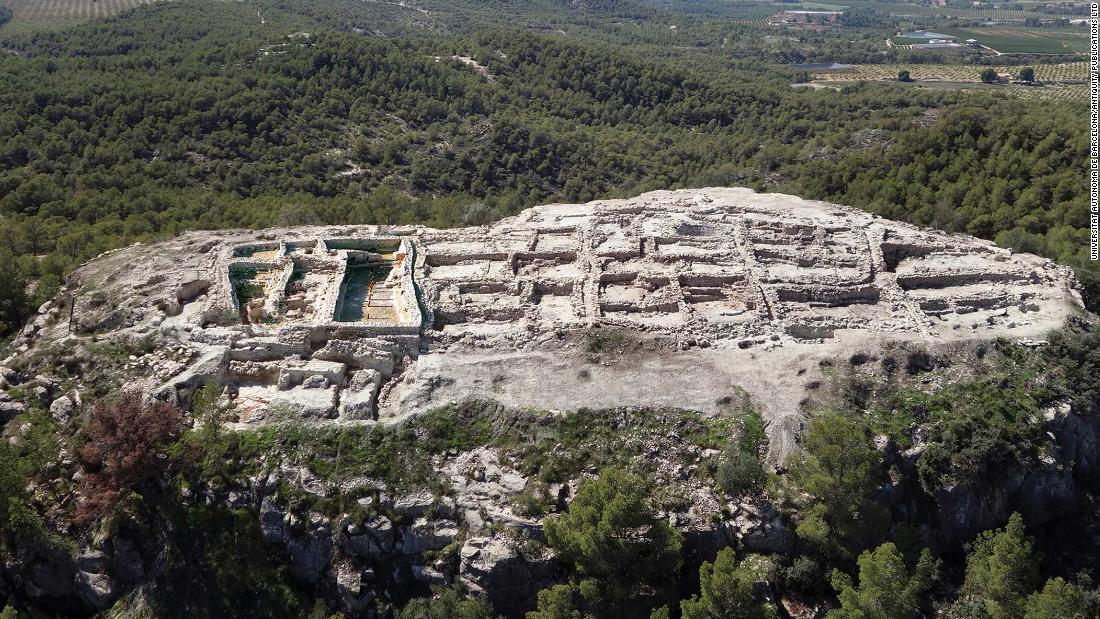The researchers said women of the ruling class may have been important in governing the society of El Argar, the Mediterranean Social Archeoecology Research Group in Universitat Autònoma de Barcelona said in a statement published Thursday.
The team analyzed graves found in a princely tomb at the site of La Almoloya, where today it is Murcia.
The tomb, known as Sepultura 38, contained the remains of two individuals – a man between the ages of 35 and 40 and a woman between the ages of 25 and 30 – alongside some 30 valuable items, many of which were made of silver.
Most of the objects belonged to the woman, including jewelry such as bracelets, necklaces and earmuffs and a silver headband.
The items were first discovered in 2014, and researchers have now determined that the tomb was below what was the governing hall of a palatial building.
It is the first time that archaeologists have found evidence that El Argar society was organized around this type of complex, which had a political function.
Study co-author Cristina Rihuete, professor of prehistory at UAB, told CNN that being buried under the government hall would have legitimized the social position of those in the tomb.
Women were part of the political elite in the highly hierarchical society, said Rihuete – and the implications are significant.
“The role of women in the past was much more important than we dare to imagine,” she said, explaining that women in El Argar could have political power in their own right in a highly violent and exploitative society.
“It says a lot about the process of silencing that women have undergone since then,” added Rihuete.
People tend to think that our history is accumulated, said Rihuete, but El Argar suffered a social breakdown to the point that subsequent civilizations have no memory of them.
“We have lost all knowledge of these people,” said Rihuete, whose work over the past two decades has begun to build an image of life in El Argar.
The El Argar society ruled in the region from 2,200 to 1550 BC, becoming the first state organization in the western Mediterranean during the last two centuries of its existence, according to the press release.
Archaeologists compared the diadem found in La Almoloya with four others found in different tombs of the El Argar society, and found that they were all very similar and very valuable.
“The big surprise is that they correspond to a clear model”, although they were found hundreds of kilometers away, said Rihuete.
This means that the symbols of political power have remained the same across the vast territory of society, he added.
The fact that elite women were buried with such opulent funerary goods points to their important role in Argar society, according to researchers.
“In the araric society, women of the ruling classes were buried with diadems, while men were buried with a sword and dagger. The funeral goods buried with these men were of lesser quantity and quality ”, they said. “As swords represent the most effective instrument for enforcing political decisions, the dominant men of El Argar may have played an executive role, although ideological legitimation and, perhaps, the government, were in the hands of some women.”
The couple found in the tomb died simultaneously, or around the same time, in the middle of the 17th century BCE. They were not related and had a daughter, who was buried nearby.
The team is planning further excavations at the site to try to expand our knowledge of El Argar, said Rihuete.
The research was published in the journal Antiquity.
